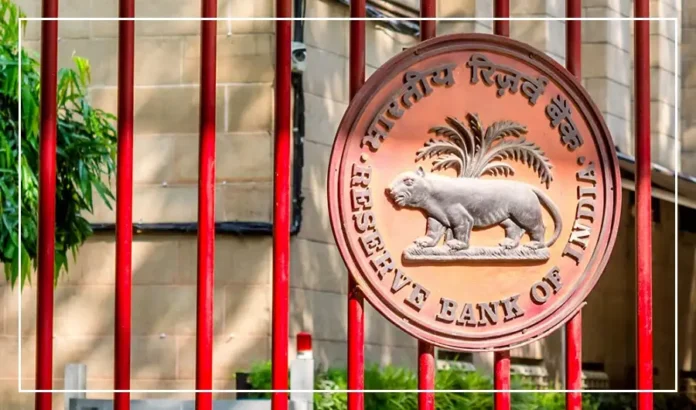The Reserve Bank of India (RBI) has eased its lending rules to make borrowing against securities easier and expand market participation.
From October 1, 2025, individuals can now borrow up to ₹1 crore by pledging listed shares, a major jump from the earlier limit of ₹20 lakh.
The IPO financing limit has also been increased from ₹10 lakh to ₹25 lakh, allowing retail investors to invest more in new stock issues.
Announcing the decision after the Monetary Policy Committee (MPC) meeting, RBI Governor Sanjay Malhotra said the move aims to “enhance lending limits and make capital more accessible without forcing investors to sell their portfolios.”
What Is a Loan Against Shares?
A loan against shares lets investors borrow money by pledging their stocks, mutual funds, or other securities as collateral — without selling them.
This option is popular among investors who need quick funds or want to invest further while keeping their portfolio intact.
For example, if you own shares worth ₹50 lakh, earlier you could borrow only ₹20 lakh. Now, under the new rules, you can access up to ₹1 crore, depending on your lender’s terms.
Why This Matters
More financial flexibility: Investors can now meet urgent needs like education, healthcare, or business expenses without selling long-term holdings.
Greater IPO participation: With the loan limit raised to ₹25 lakh, more retail investors can apply for bigger IPO allotments using borrowed funds.
Wider borrowing choices: RBI has also allowed loans against listed debt securities such as bonds and debentures, expanding collateral options.
Key Risks to Note
While borrowing against shares is now easier, investors should stay cautious.
Market fluctuations can trigger margin calls, leading to demands for more collateral or forced sale of shares.
Interest rates and charges, though lower than personal loans, can still add up over time.
Bottom Line
The RBI’s move gives investors greater access to credit without selling their assets.
Higher borrowing limits, increased IPO financing, and more collateral options are set to strengthen investor participation — provided borrowers manage their risks carefully.
